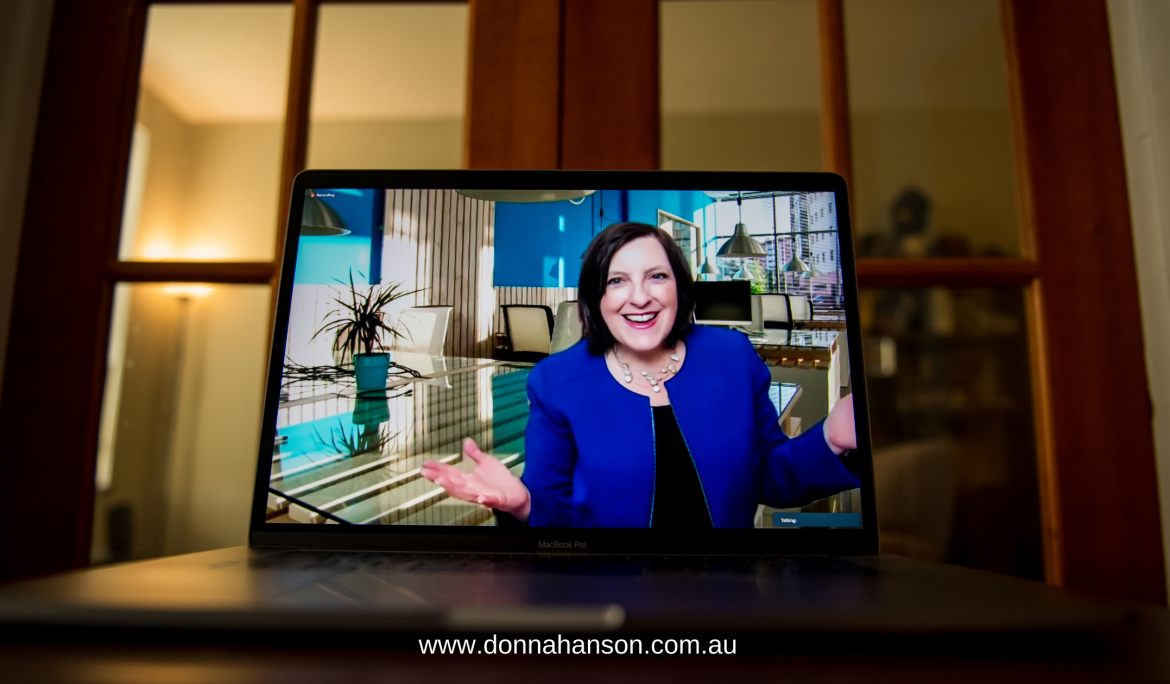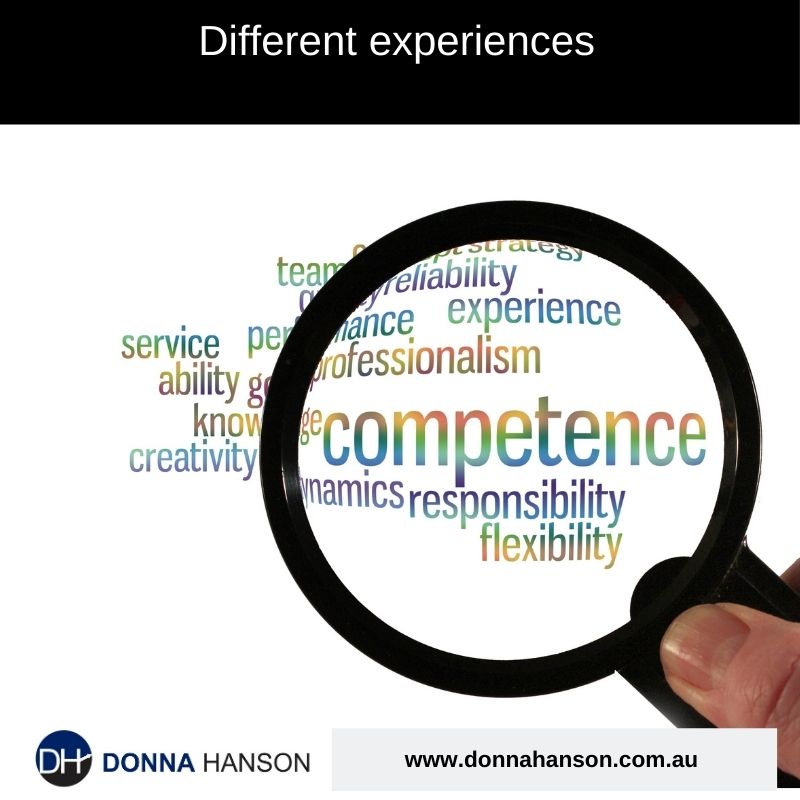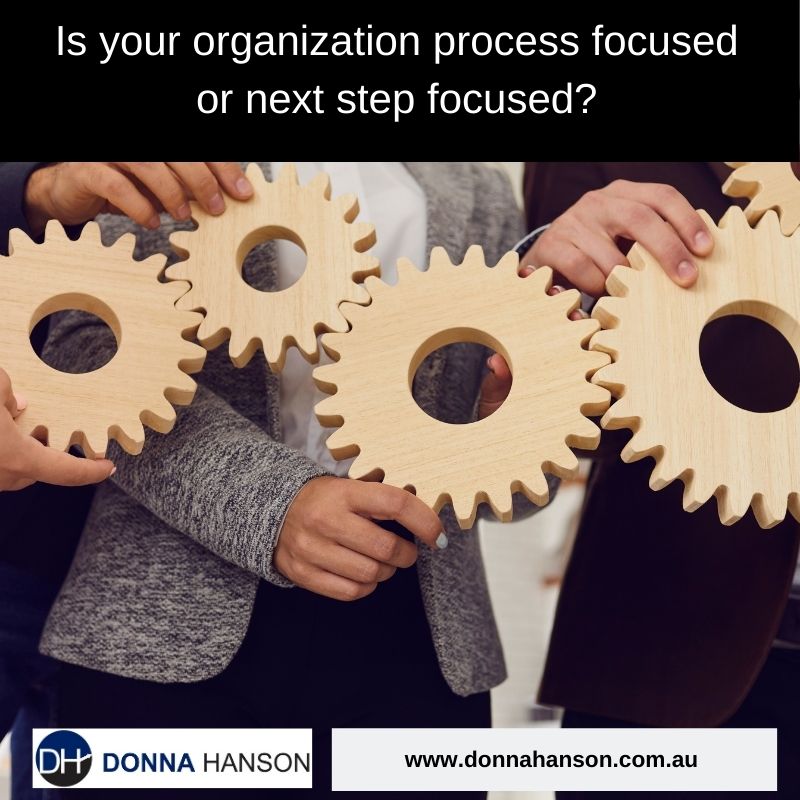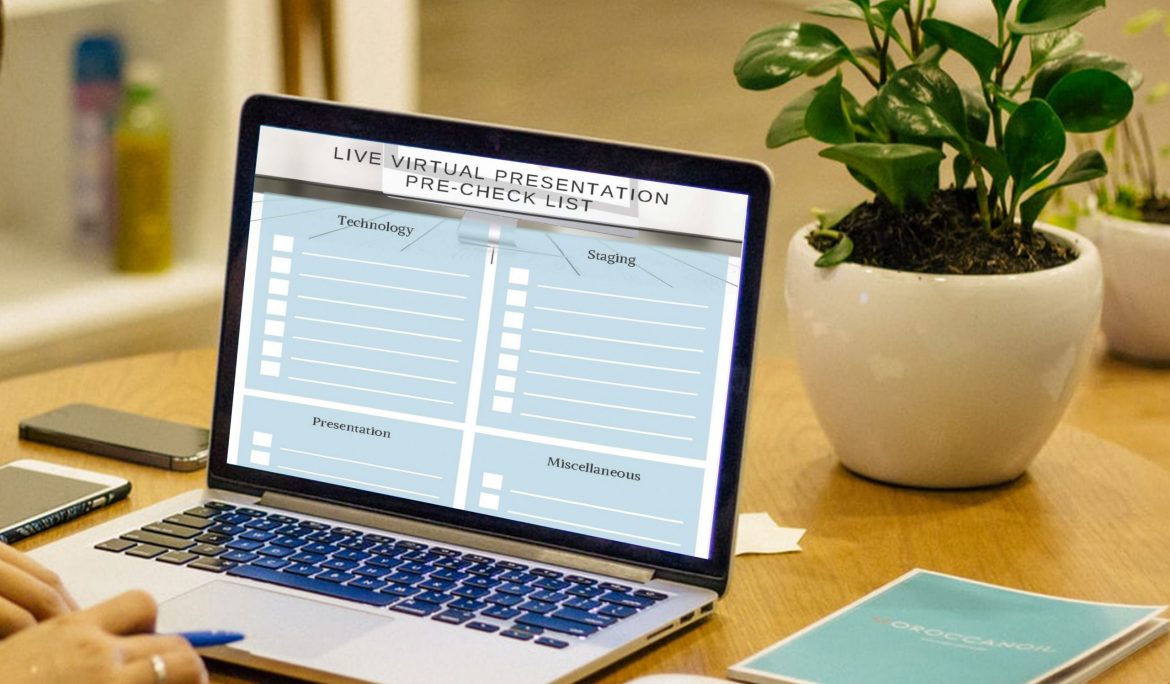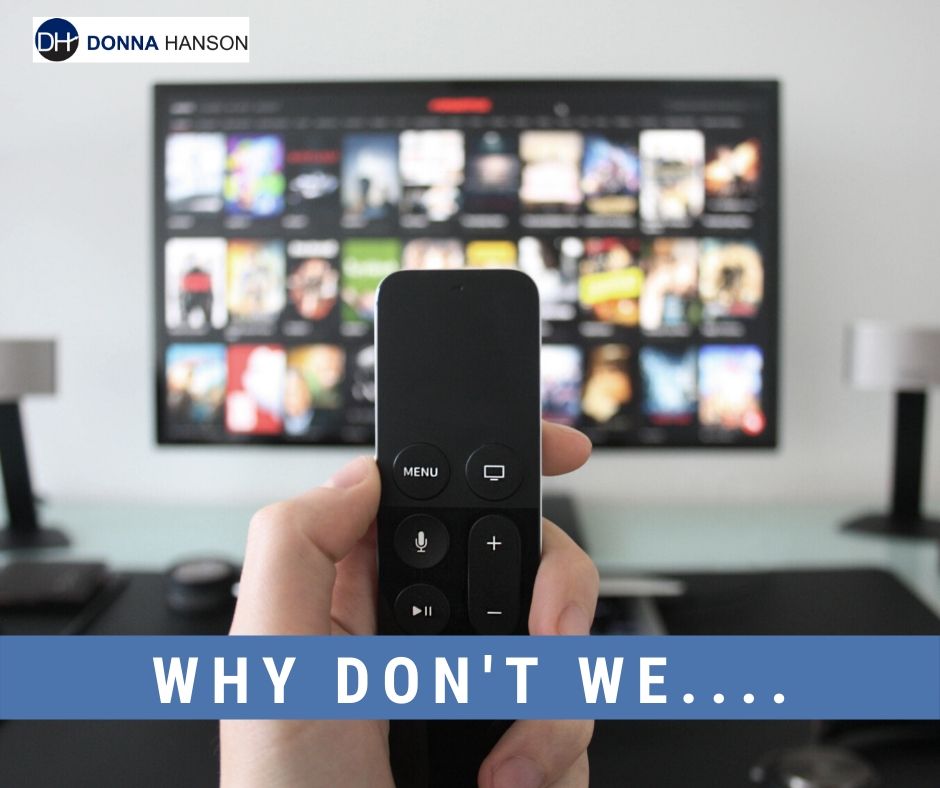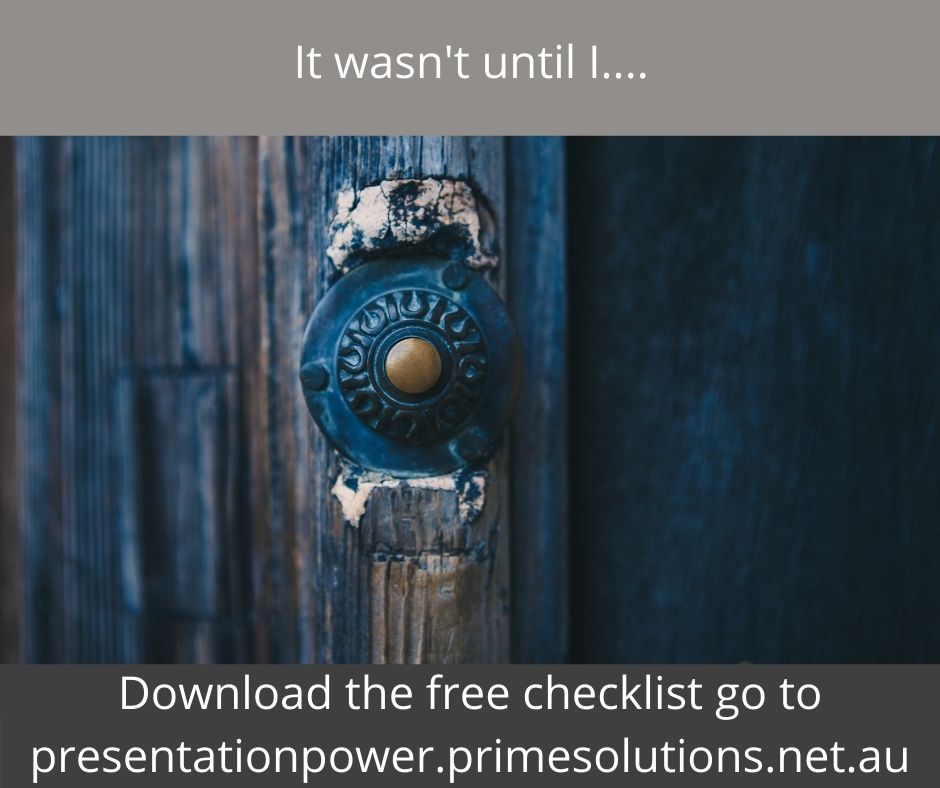Virtual Training….how things change.
The traditional approach to training in the corporate world has often lacked tangible outcomes despite massive investment. With the shift to remote working in many parts of the world, virtual training became the only mechanism training and development could be delivered. Inadvertently, it opened up the possibilities of learning and sharing globally without the associated costs of bringing staff from various areas of the globe together. Despite what many may have experienced regarding training in the virtual world during the COVID crisis, McKinsey suggest there are real opportunities to close capability gaps with the added benefit of reducing costs. How …
Do you budget your time as well as you do your money?
Regardless of who you are, we only have 24 hours each day. Leading productively means budgeting your time as you would your money. So much time can be lost on activities that add little value. You can reclaim time by asking yourself “Is this the most productive use of my time?” If the answer is NO, then communicate quickly and if necessary provide a bit more detail. Let others know you can’t attend that meeting because you have a client deadline at the end of the day, or you can’t complete a task within the desired timeframe, but you can …
Different Experiences
The past twelve months have forced us to be more present to life in general. Things we have taken for granted we now appreciate a bit more, time with family, friends, exploring your local area and realising how blessed we are to be safe. As we start to come out of hibernation, I’ve been noticing that the kindness and compassion we shared with our community doesn’t seem as strong as it once was. It may be fatigue, or people being keen to simply get on with life many people as back to the pre-COVID busyness. For some COVID has been …
Productivity with Excel doesn’t have to be hard!
When I mention copying and pasting, I metaphorically see those perceiving themselves as “more advanced” with Excel rolling their eyes expecting a lecture reminiscent of a school teacher telling students to click here, then there but never actually understanding what or why they are doing something. Reality is, sometimes with Excel we EXPECT things to be complicated not simple. I’ve lost track of the number of times I have been shown the “long” way of how someone does something, only to show them a couple of quick steps that shaves minutes or even hours off the time it takes to …
Productivity Possible
Until Roger Bannister ran a mile in four minutes in 1954 ’s, no one believed running a mile in four minutes was possible. In much the same way, many organizations considered having staff work from home permanently, or even on a part time basis impossible. But with the pandemic forcing lockdowns and work from home orders across the globe, many executives would now be hard pressed to remember how skeptical they were. Productivity working from home IS possible! As we start to move out of the pandemic and move into what will be a new way of working, like the …
Are you attached??
For many, the pandemic and connectivity meant a sense of being more attached to our workplaces given our home life and work life became so intertwined. We adjusted as best we could to the situation we found ourselves in, but for many it created expectations that may not be in our best interests moving forward. Great to see this article from ABC News Australia about disconnecting from workday technology. When expectations aren’t clear, people make assumptions. It’s important moving forward that organisations and teams are clear about workplace boundaries. What are the expectations in your workplace? When working with an …
Is your organization process focused or next step focused?
The manic nature of today’s workplace often impacts on our ability to effectively forward plan. With pinging email and instant messaging, physical and on-line meetings, our attention is often fragmented. Whilst projects and tasks are moved forward, there is often little time left for “real” work to be done leaving workers feeling stressed and overloaded. The challenge in setting up workplaces is to successfully achieve tangible goals rather than working amongst the “busyness” or “noise” of electronic paper shuffling. Often when working with clients, their default position is to focus on dealing with what seems, in the moment, the most …
Make presenting online easier
Video conferencing has become more prevalent in these strange times to connect and collaborate in teams and interact with clients, although it is popular and saves time and money, according to a recent CIO.com article not everyone enjoys it. It’s a timely article and a good reminder that not everyone in your team is likely to enjoy videoconferencing. Here are my three tips to help minimise discomfort. Encourage your team to do it more Like anything new or uncomfortable, the more you do video conferencing the more comfortable and easier it will get. If you, or your team members feel …
Why don’t we….
Binge watching means watching multiple programs, usually TV or a streaming service, in rapid succession. Something many might do if you are home sick, staying indoors in the winter or more recently when in lockdown as a result of COVID-19. Find the right show and you can whittle away hours of time in the story arc of the various characters. When it comes to professional development, we do not tend to do a lot of binge watching or learning, other than the traditional two- or three-day style conference with multiple keynote speakers and breakout rooms. However, things could change as …
It was not until I’d had a few virtual meetings that I realised I needed help!
The world changed in March 2020 when COVID-19 meant may organisations sent their teams home to work remotely. To stay connected virtually they relied on platforms such as Zoom, Microsoft Teams, Google Meet, Go To Meeting or one of the myriad of applications available for video meetings. I had everything ready in my home office and was presenting live when the unthinkable happened…..the doorbell rang….and it rang, and it rang again. Whilst I was mortified, thankfully due to my audio technology, my audience were none the wiser! What it DID teach me was that there were so many little things …

